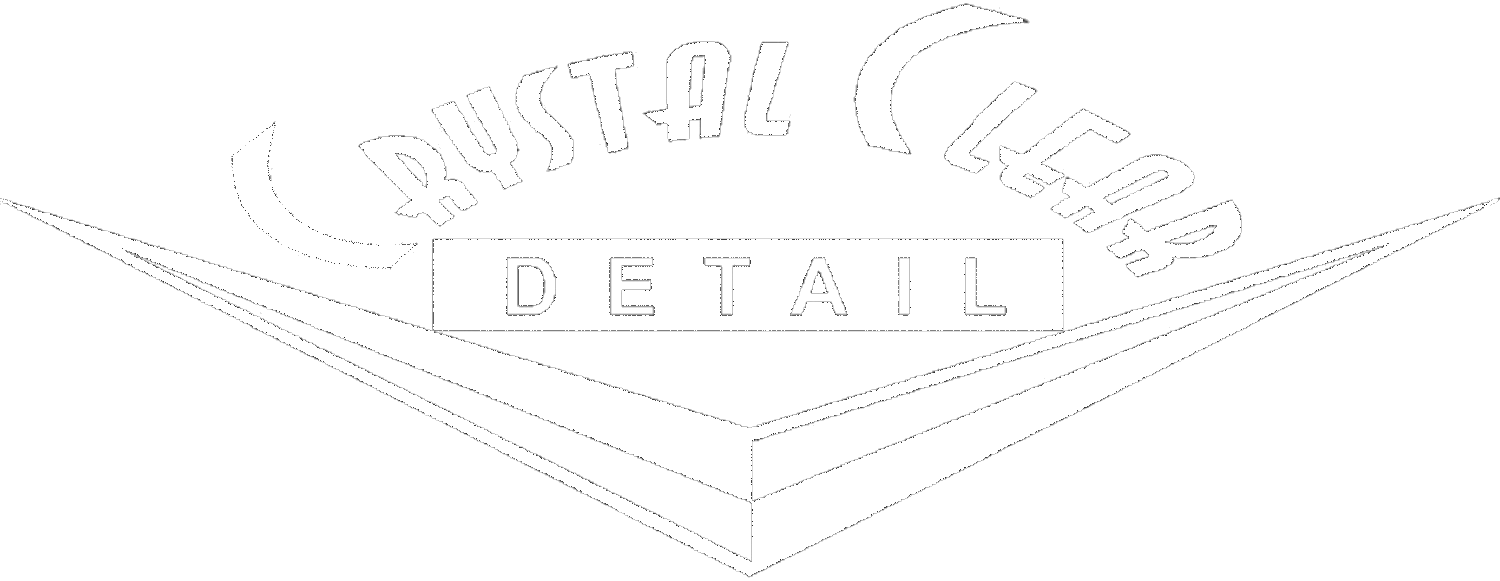Photo by whereslugo on Unsplash
Paint correction has got to be the easiest way to transform an ordinary-looking car into one that turns heads everywhere. But what is it all about? In this blog, you will find out all you need to know about car paint correction, what it is, and the steps involved. Read on.
https://www.shutterstock.com/image-photo/car-body-work-auto-repair-paint-226630414
What Is Paint Correction?
As the name suggests, car paint correction process involves removing paint defects from a car paint job. The defect could be a scratch, oxidation, etc. Typically, paint correction involves multiple stages of machine polishing.
Stages of Paint Correction
As you’ve read, paint correction involves various stages. The detailers will need various equipment for each step. These include a machine polisher, polishing pads, and compound or polish. The stages are wet sanding, compounding, and polishing. Take a look at each one of them:
Wet Sanding
Photo by Clarity Coat on Unsplash
Wet sanding is an aggressive process that removes defects from the paint using sandpaper. The detailer can do this step by hand or use a machine.
The name gives it away — there is water involved. It acts as lubrication, making it easy for the sand to glide smoothly across smoothly. Besides, the water carries the removed paint to prevent the sandpaper from getting clogged.
In most cases, detailers will only perform wet sanding if the paint job is heavily damaged. It can also be used to level texture.
Compounding
This stage is also referred to as cutting. It involves the use of a machine polisher to remove scratches and defects. The compound in question is a liquid containing physical or chemical abrasives.
Detailers can use firm, heavy-cut foam pads in the compounding stage, although their popularity is declining. Most people prefer microfiber and wool pads since they have more aggressive cutting power and are easier to clean. For this step, the detailer can use a rotary or a dual-action polisher.
Compounding is like the in-between. Perhaps the defect is too stubborn for a lighter polish to correct, but it is not too bad that wet sanding would be necessary.
Polishing or Refinement
Polishing is the least aggressive form of correction. It is similar to compounding, but the pad and liquid are milder. This stage aims to restore the paint’s full clarity, which might have been lost in the compounding stage.
However, in some cases, polishing can work as a correction technique on its own. This is common on vehicles with only light marks or colors that conceal defects, like white or silver.
Protection
Protection is the final stage of any paint correction job. It could be a wax, ceramic, or sealant coating. It can be done by hand or machine, depending on the paint protection product used, the type of car, and the detailer’s preference.
Paint Correction Doesn’t Fix Everything
A paint correction job can tremendously improve the appearance of a car. However, it can only fix so much. For instance, it doesn’t work for dents or stone chips. Going to experienced detailers like Crystal Clear Detail to look at the vehicle for professional advice would be a good idea. Get in touch with us today for all your car paint correction needs and for more information.
